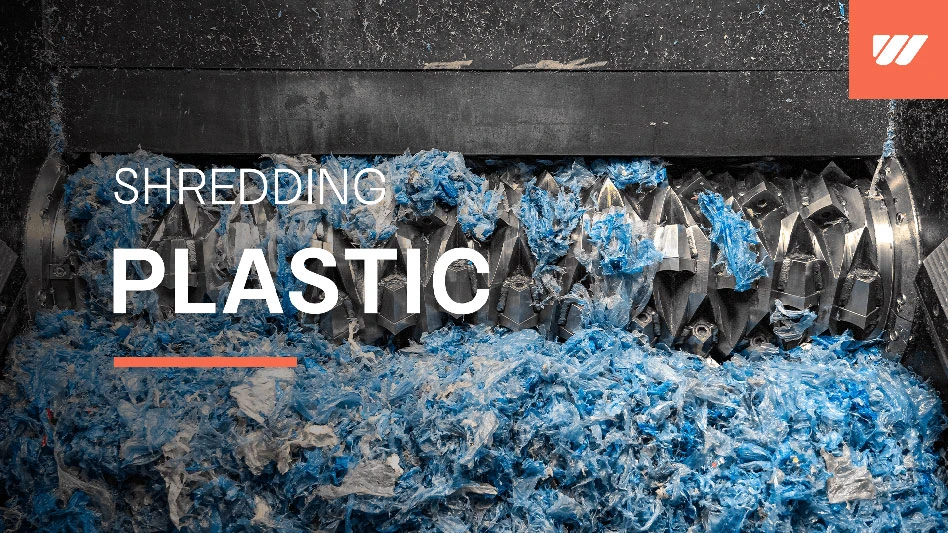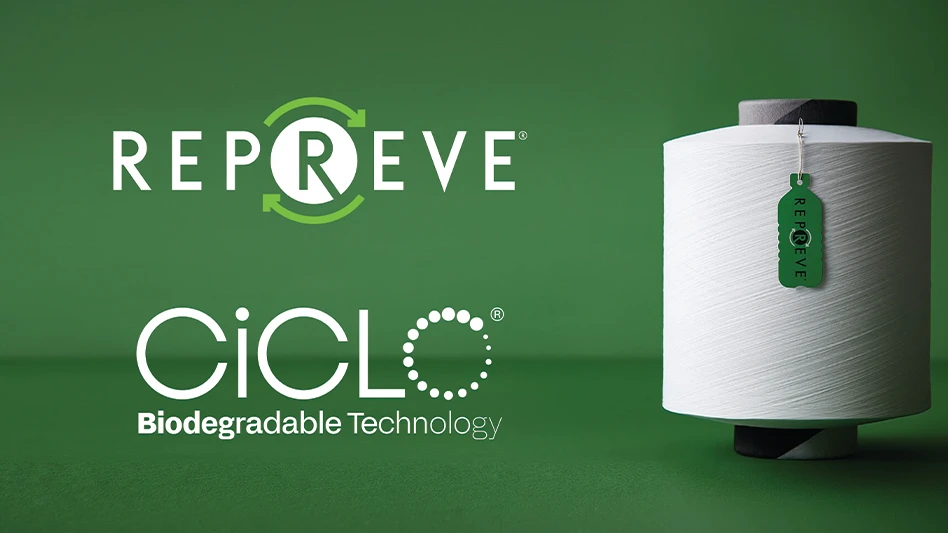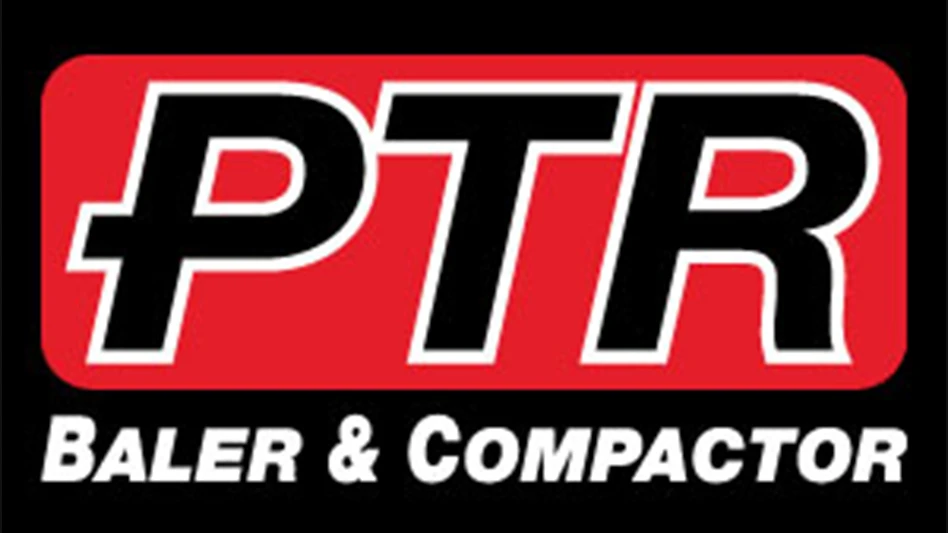
California has long been at the forefront of regulating “green marketing” claims.
The term “green marketing” refers to the practice of touting environmental benefits of company products and practices, and green marketing that overstates environmental benefits often is referred to as “greenwashing.”
There are federal and state guidelines for making permissible green marketing claims and avoiding greenwashing. States can, and do, adopt more stringent green marketing claim requirements than the federal government. Recyclability is a green marketing claim that is the focus of California regulation.
Recently, the state’s recyclability claims law, Senate Bill 343 (S.B. 343), has been updated, and companies doing business in California must know the requirements to ensure compliance.
Breaking down the bill
Adopted in 2021, S.B. 343, also known as the Truth in Recycling law, creates stricter requirements for the use of the familiar “chasing arrows” symbol or any other indicator of recyclability included on products and packaging.
The law seeks to give consumers accurate and useful information on how to properly handle a product or packaging at end of life and prohibits labeling a product or package in a way that indicates it is recyclable unless it meets certain criteria.
To be recyclable under the Truth in Recycling law, a product or package must be made from a material type and form that is collected for recycling by programs in state jurisdictions that collectively encompass at least 60 percent of the state’s population. They also must be able to be sorted into defined streams for recycling by large-volume transfer or processing facilities that serve at least 60 percent of these programs statewide.
Essentially, for manufacturers and others selling products or packaging labeled as recyclable, the product or packaging must be collected by curbside recycling programs that serve 60 percent of the state population and be accepted by recycling facilities that serve 60 percent of the state population. If the material is not recyclable at this dual 60 percent threshold, then no claim or indication of recyclability can be made, including using the chasing arrows symbol.
The law directs the Department of Resources, Recycling and Recovery (CalRecycle), the agency that oversees recycling programs, to conduct and publish data on materials collected, sorted, sold or transferred for recycling in California. Manufacturers and other interested parties can use the data to determine whether recyclability claims can be made in compliance with the Truth in Recycling law.
In December 2023, CalRecycle published its initial preliminary report, which went through a public comment period. Previously, very little public data on the recyclability of materials was available in the state.
A year later in December 2024, CalRecycle released a revised material characterization preliminary report, for which another public comment period ran until Feb. 18 of this year. The final report was expected to be published by April 4 and, once published, businesses will have 18 months to comply with the standards in the law.

Legislation’s expansion
S.B. 343 is just one law of many dealing with recyclability and claims.
On a national level, the Federal Trade Commission’s Green Guides provide detailed guidance for marketers on making accurate and nondeceptive environmental benefit claims. According to the Green Guides, marketers can only make unqualified recyclability claims if recycling facilities for the product or packaging are available to a “substantial majority of consumers or communities where the item is sold,” which is defined as at least 60 percent.
If recycling is less accessible, claims must be qualified to clearly state the limitations. For example, packaging labeled with the word “recyclable” or the chasing arrows symbol by itself would constitute an unqualified claim of recyclability. If the item is not recyclable to at least 60 percent of consumers or communities where it is sold, these unqualified claims would be in violation of the Green Guides.
However, if the material is recyclable to fewer than 60 percent of consumers or communities where it is sold, but the recyclability claim is qualified with a statement such as, “This product may not be recyclable in your area,” it would be compliant with the Green Guides.
Like many states, California adopted the standards in the Green Guides and, under current California law, these standards apply until S.B. 343 compliance is required. Notably, the 60 percent standard is more specific under S.B. 343 (dual 60 percent thresholds), and unless the standards of recyclability are met, no claim of recyclability can be made under S.B. 343, while a qualified claim can be made under the Green Guides.
Another law enacted in California in 2022, S.B. 54, or the Plastic Pollution Prevention and Packaging Producer Responsibility Act, requires that all single-use packaging and plastic food service ware are recyclable by S.B. 343 standards or eligible to be labeled compostable by 2032. Even if a product or packaging currently is not recyclable in the state at the requisite level to be labeled as recyclable under S.B. 343, it soon could need to be under S.B. 54.
However, simply eliminating indicators of recyclability to comply with S.B. 343 might not be the best solution in the long run.
Preparing for compliance
To ensure compliance with S.B. 343, brands should consider these points:
- Understand the type of material claimed to be recyclable. Companies should identify whether specific materials are referenced in the final CalRecycle report once it is released. Materials in the revised preliminary report are broken down by type, such as paper or plastic, then are broken down further, such as by the resin type for plastic. Finally, materials are broken down by the form they appear in. It will be important to accurately classify products and packaging to determine if recyclability standards are met.
- Be mindful of the 60 percent thresholds for recyclability. Companies need to ensure both 60 percent standards are met when making recyclability claims. The product or packaging must be collected by curbside recycling programs that serve 60 percent of the state’s population as well as be accepted by recycling facilities that serve 60 percent of the state population.
- Develop a compliance plan. Companies should plan to ensure continued compliance with the law. For example, if the standards are not met, companies might need to remove any claims of recyclability from the product or packaging or redesign the product or packaging using materials that meet the standard for recyclability. Companies periodically should audit their recyclability claims to ensure continued compliance.
- Prepare for consumer claims. Companies failing to comply with S.B. 343 could face legal action brought by regulatory agencies or private litigants. Additionally, failure to comply with S.B. 343 could expose companies to reputational damage if the public perceives they are making misleading marketing claims.
Companies making recyclability claims should monitor updates from CalRecycle carefully to ensure their continued compliance and seek legal and expert assistance as necessary.
Get curated news on YOUR industry.
Enter your email to receive our newsletters.

Explore the April 2025 Issue
Check out more from this issue and find your next story to read.
More from our latest newsletter
- Nonferrous heavyweights
- Updated: Grede to close Alabama foundry
- Foreign Pollution Fee Act addresses unfair trade practices of nonmarket economies
- An alternative route
- Unifi launches Repreve with Ciclo technology
- Recycled PP from Polykemi, Rondo Plast used in flood protection product
- Study looks at potential impact of chemical recycling on global plastic pollution





